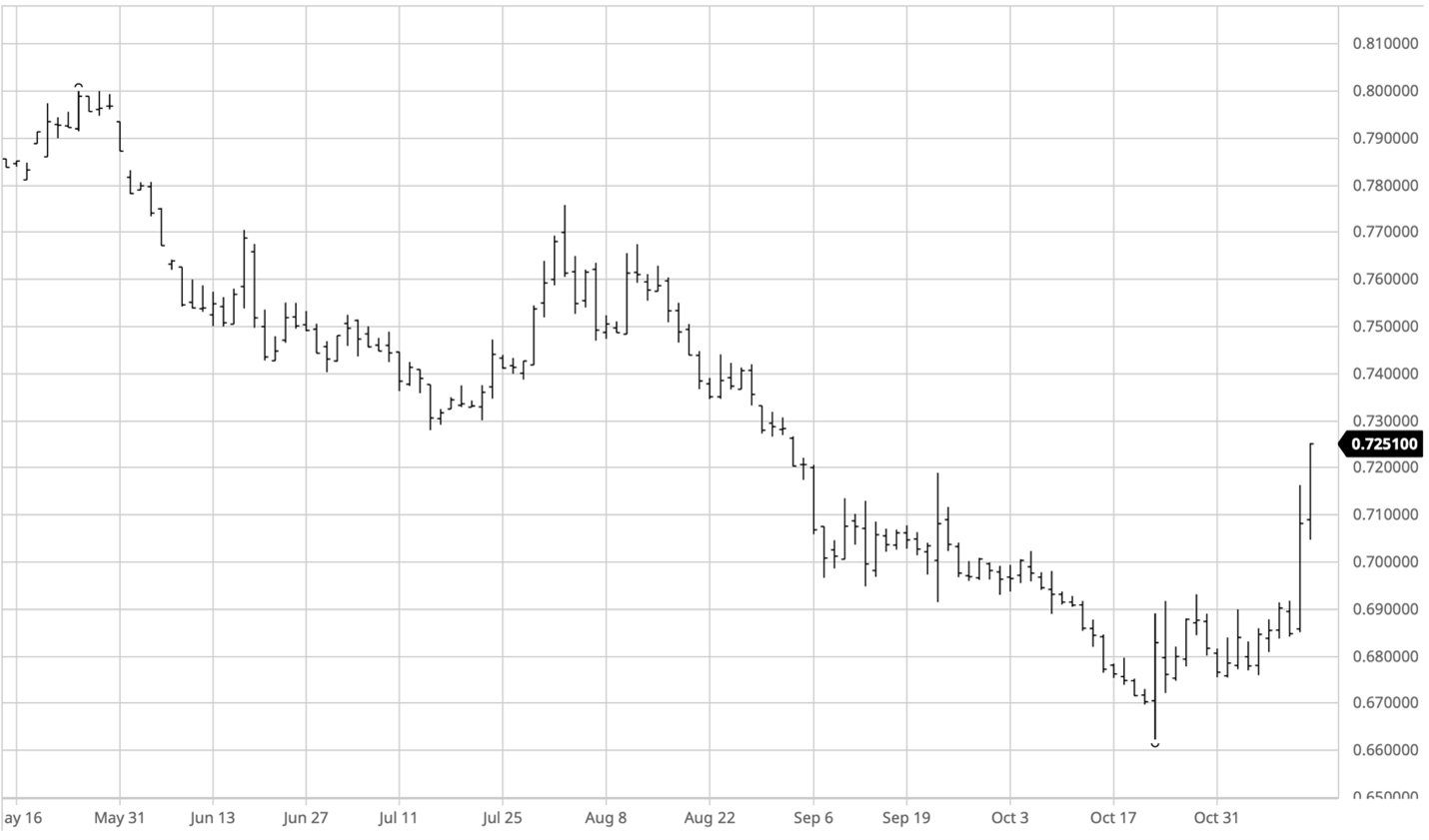Inflation data came out of the Bureau of Labor Statistics this week and initiated a fierce rally in asset markets –the biggest rally by some measures since just after the Covid selloff in 2020. Some of the rally was short-covering and some of the rally was new money pouring into markets assuming that the bear market is now over. All in all, it was an impressive rally that continued to a minor degree into Friday.
What is interesting is the information that sparked this rally. The CPI index, a broad-based measure of goods and services costs, increased 0.4% for the month and 7.7% from a year ago. Respective estimates from Dow Jones were for rises of 0.6% and 7.9%. So, the inflation looks only slightly less than what the market anticipated – and we saw a rocket launch in asset prices like that? Wow. Many people believe that the Federal Reserve will be able to slow down its aggressive interest rate hike program which will mean asset prices can go higher. Lots of speculators were short and had to buy to cover and it appears that the FOMO trade (Fear Of Missing Out) may be back as well. Also, relief that the power of the Federal Government is at least somewhat divided between political parties. If they must focus some of their energies on fighting each other, maybe they will do less damage to the citizenry and economy…
Interestingly – the history of recent bear markets is different than how investors are expecting it to occur this time around. The last few bear markets haven’t made their lows until AFTER the Federal Reserve started lowering rates. This time around the Fed hasn’t even stopped RAISING rates yet. Maybe some investors are jumping the gun piling back in at this point – but maybe not. Our assessment is the Fed will only have more leeway to continue to raise rates as strong as the stock and bond markets are – we think they only lower rates after something breaks. Today we are looking at bullish sentiment growing in front of something breaking… hmmm.
So, what might break? Well, we have been saying for years that the Japanese Yen was the canary in the coal mine of the loose financial conditions that the world’s central banks have been perpetrating for years. The recent situation in Japan showed a currency (Yen) that was melting down on an epic scale. The Bank of Japan has been sacrificing the value of the currency to keep the price of their government’s bonds high in this bear market the rest of the world is experiencing. The Bank of Japan is burning through its reserves of U.S. Dollars at a disturbing rate. Again, they are selling dollars and buying Yen to support the value starting the year they had about $1.4 trillion – now they are down to $1.19 trillion as of the end of October. Now the good news for the near term their intervention has worked.
Take a look at this chart of the value of the Japanese yen versus the U.S. Dollar…

Clearly an acceleration of the Yen to the downside could have represented “something breaking” but that has not happened. You see the ferocious bounce in the value of the Yen – the BOJ interventions have worked. Continual central bank intervention and manipulation is obviously not a good long-term strategy for stewarding the world’s economy – but the a near term disaster appears to have been averted. The asset markets around the globe have rallied in agreement…
We have been saying for weeks that domestic markets (stocks, bonds, commodities) have been holding together well considering all the negativity that is surrounding the financial world. In simple terms we thought the negativity has been overblown. However, now that the pressure has officially been taken off due to the ferocious stock and bond market rallies of last week, we flip around and start getting worried again. Here are the main reasons why…
- The Fed will continue to raise rates even if they are slowing down the pace of doing so. The debt load that the entire world is under cannot sustain higher interest rates. Continue watching the actions of the Fed and the results around the world – possibly more things “breaking.” Especially in Japan and Europe because that is where things have already broken and have required repair
- Bullishness is returning now when the Fed hasn’t even stopped raising rates. That’s not in coordination with history. See above…
- With interest rates significantly higher there are no-market-risk investing strategies that have significant earning potential. Stocks get overpriced more quickly by comparison as interest rates go up
The recent rally in stocks is an excellent time to readjust your portfolio if you feel you have too much risk. We are continuing to look for cracks in the dam that may lead to big challenges in financial markets – so stay tuned…
Regards and good investing,
Greyson Geiler
